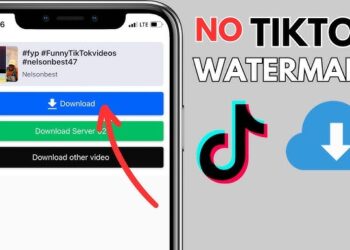As the world becomes increasingly digital, web accessibility is more important than ever before. Web accessibility means making web content and services available to everyone, regardless of their physical or cognitive abilities. With the rise of digital inclusion, malaysia dedicated server. It’s essential that websites are designed with accessibility in mind.
What is Web Accessibility?
Web accessibility refers to the practice of designing websites and web content to be accessible to people with disabilities. This includes people with visual, hearing, cognitive, and motor disabilities. Web accessibility is essential for ensuring that people with disabilities can access the same information, cheap vps malaysia, services, and opportunities as everyone else.
Why is Web Accessibility Important?
Web accessibility is important for several reasons:
It’s a Legal Requirement: Many countries have laws that require websites to be accessible to people with disabilities. For example, in the United States, the Americans with Disabilities Act (ADA) requires that websites be accessible to people with disabilities. Failure to comply with these laws can result in legal action and significant fines.
It’s Good Business: Making websites accessible to people with disabilities can increase a company’s customer base and improve customer loyalty. It’s estimated that people with disabilities have a combined spending power of over $8 trillion globally. By making websites accessible, companies can tap into this market and improve their bottom line.
It’s the Right Thing to Do: Everyone should have equal access to information and services. By making websites accessible, we can create a more inclusive society that values diversity and equality.
Web Accessibility Guidelines
To ensure that websites are accessible, there are several guidelines that web developers should follow. The Web Content Accessibility Guidelines (WCAG) are a set of international standards developed by the World Wide Web Consortium (W3C). WCAG provides a framework for making web content and services accessible to people with disabilities. The guidelines are organized around four principles:
Perceivable: Web content should be presented in a way that is easy to perceive. This includes providing alternative text for images, providing captions and transcripts for videos, and ensuring that text is easy to read.
Operable: Web content should be easy to operate. This includes ensuring that keyboard navigation is possible, providing clear and consistent navigation, and ensuring that there is enough time to complete tasks.
Understandable: Web content should be easy to understand. This includes using plain language, providing clear instructions, and avoiding jargon and abbreviations.
Robust: Web content should be compatible with different technologies. This includes ensuring that websites work with different browsers and assistive technologies, such as screen readers.
Examples of Web Accessibility
Web accessibility can take many different forms. Here are a few examples:
Alternative Text for Images: People with visual impairments may use screen readers to access web content. Providing alternative text for images ensures that these users can understand the content of the image.
Closed Captions for Videos: People with hearing impairments may use closed captions to understand the audio content of videos. Providing closed captions ensures that these users can access the same information as everyone else.
Keyboard Navigation: People with motor impairments may have difficulty using a mouse. Providing keyboard navigation ensures that these users can access web content using only the keyboard.
Clear Language: People with cognitive impairments may have difficulty understanding complex language. Using clear language ensures that these users can understand the content of the website.
Conclusion
Web accessibility is essential to ensure everyone has equal access to information and services. As the world becomes increasingly digital, web accessibility will become even more important. By following the Web Content Accessibility Guidelines, web developers can ensure that their websites are accessible to people with disabilities. This not only ensures legal compliance but also creates a more inclusive society that values diversity and equality.












Discussion about this post